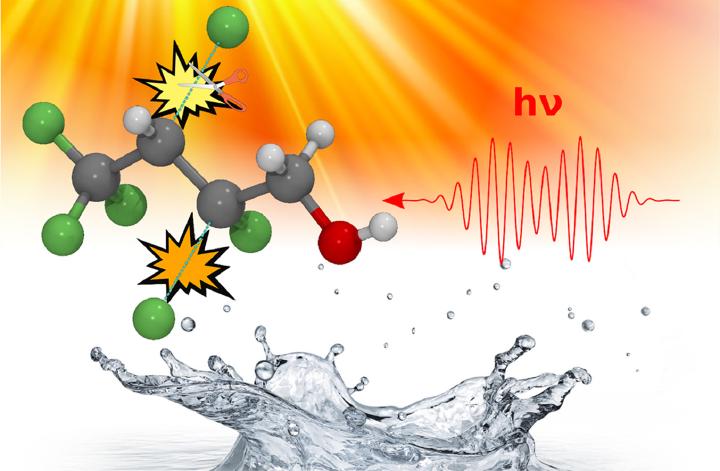Photo-induced degradation of PFASs: Excited-state mechanisms from real-time time-dependent density functional theory

Abstract
Per- and polyfluoroalkyl substances (PFASs) are hazardous, carcinogenic, and bioaccumulative contaminants found in drinking water sources. To mitigate and remove these persistent pollutants, recent experimental efforts have focused on photo-induced processes to accelerate their degradation; however, the mechanistic details of these promising degradation processes remain unclear. To shed crucial insight on these electronic-excited state processes, we present the first study of photo-induced degradation of explicitly-solvated PFASs using excited-state, real-time time-dependent density functional theory (RT-TDDFT) calculations. Furthermore, our large-scale RT-TDDFT calculations show that these photo-induced excitations can be highly selective by enabling a charge-transfer process that only dissociates the Csingle bondF bond while keeping the surrounding water molecules intact. Collectively, the RT-TDDFT techniques used in this work (1) enable a new capability for probing photo-induced mechanisms that cannot be gleaned from conventional ground-state DFT calculations and (2) provide a rationale for understanding ongoing experiments that are actively exploring photo-induced degradation of PFASs and other environmental contaminants.
Search content by categories